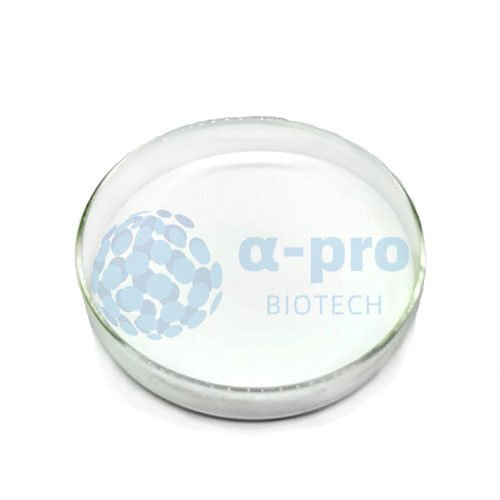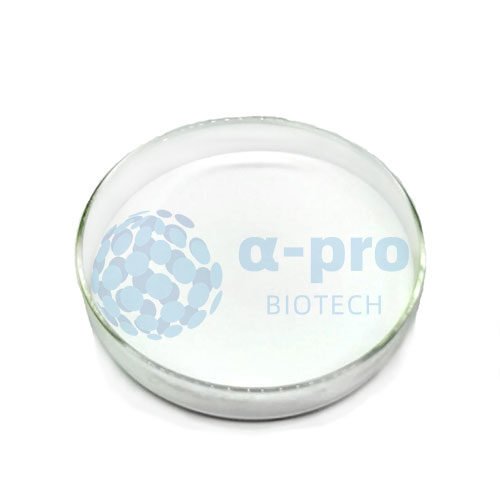Umkehrphasen-Chromatographie
Reversed-phase chromatography is a key technique in analytical chemistry for separating compounds based on their hydrophobicity. In this method, reversed-phase chromatography resins like C18, C8, and phenyl are used as stationary phases.
C18 resin, or octadecylsilane, with its long hydrocarbon chain (18 carbons), is highly hydrophobic and effective for separating non-polar to moderately polar compounds. C8 resin, having a shorter hydrocarbon chain (8 carbons), offers lesser hydrophobicity than C18, leading to different retention characteristics for compounds.
Phenyl resin, distinguished by its phenyl functional groups attached to the silica base, offers unique π-π interactions. This makes it particularly useful for separating compounds with aromatic rings or conjugated systems. Each of these resins imparts distinct separation characteristics in reversed-phase chromatography, catering to a wide array of analytical applications.



